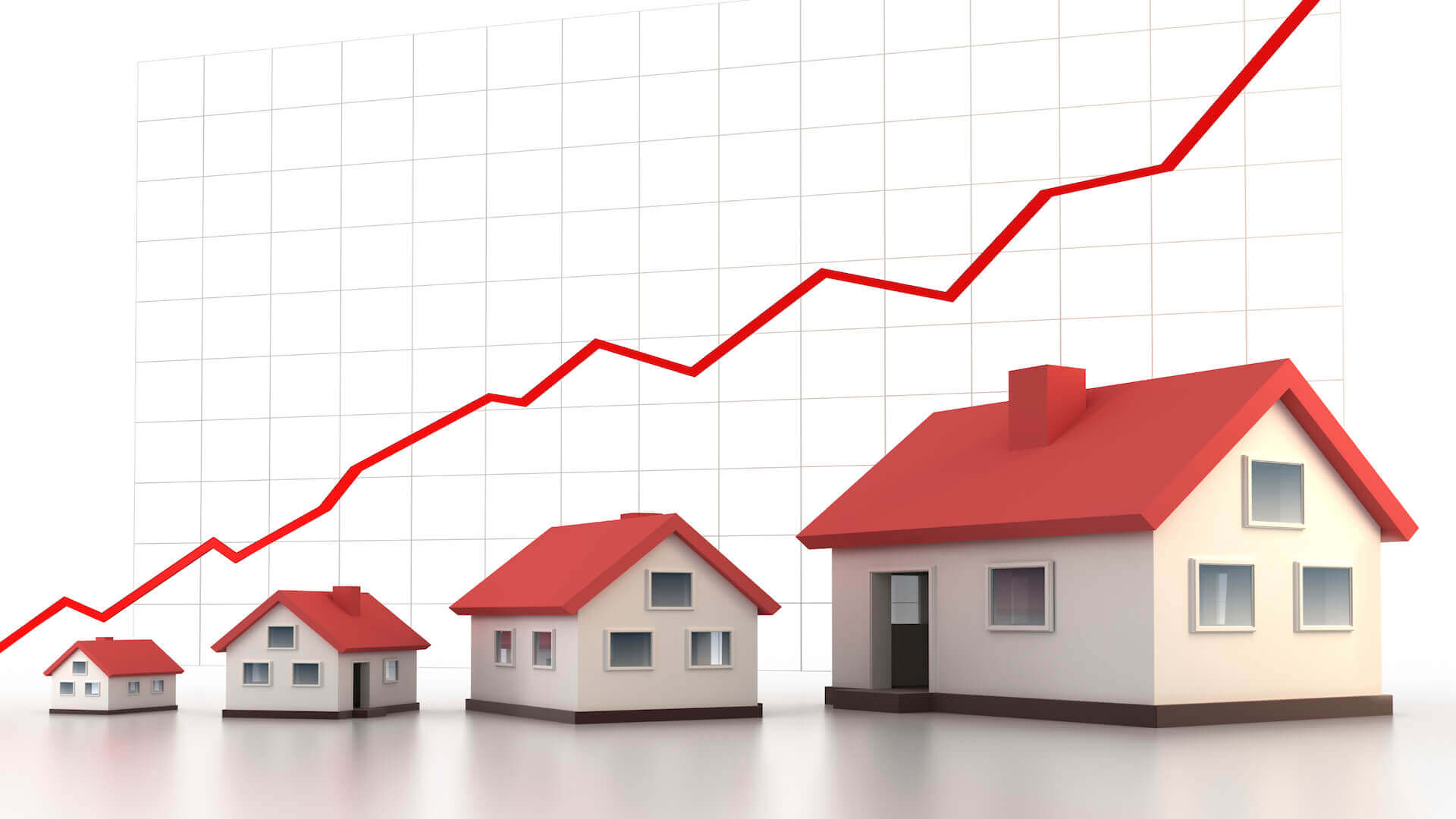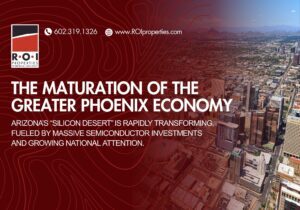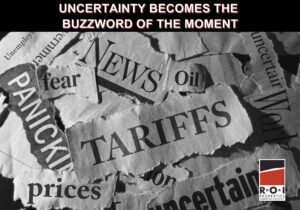The most significant development in March for Greater Phoenix housing was the decline in the overall supply-demand index during the last 2 weeks of the month, after peaking at 514.9 on March 11. (For perspective, a measurement over 110 indicates distinct seller advantage—so we remain in a historic seller’s market.) The currently high index metric is a result of both critically low supply and demand that is slightly above normal, by historical standards. At the current rate of decrease, however, housing demand could reach a normal level within 2 months and drop below normal by June. The emphasis, of course, is on the word could. There are several factors in play that may affect the situation:
- In addition to slowing demand for residential properties, the supply level in the Arizona Regional MLS appears to have stabilized. New listings have been added to the MLS at an average of 2,124 per week since the beginning of 2021, which is still below the seasonal expectations of 2,300–2,500. Any inventory increases are being snapped up quickly: 50% of properties are going under contract within 5 days of listing.
- 2020 saw a surge in vacation rentals released onto the market in response to COVID-19 travel restrictions. This year’s X-factor is is the expiration date for many homes in forbearance and the foreclosure moratorium (currently, June 30th), which could result in supply increasing. Will demand stay constant with potentially increasing inventory?
- The Federal Reserve has expressed its commitment to keep interest rates low. At the moment, inflation levels remain low, leading to public statements by the Fed that a rate increase is unlikely till 2023 or even 2024. Historically, telegraphing a slight bump in interest rates can actually cause a flurry of buying activity, as would-be homeowners want to get ahead of the hike. It’s a delicate balance, though, as a more significant rate increase can suppress buying activity and appreciation.
- Affordability is another factor that could suppress demand. As of the most recent data, 49% of all listings in the Arizona Regional MLS are selling over asking price, with average sales price per square foot for March 2021 up 24.4% over last March.
- Due to coronavirus restrictions, it was challenging for homebuilders to add significant new inventory last year. While they’re in the process of catching up, lumber costs are a drag on activity: adding about $24,000 to the cost of the average single-family home in the U.S.
- As noted in our previous post, “Examining the Intersection of Commercial and Residential Real Estate,” residential demand also exists in relationship to the multifamily sector. High home prices have driven many potential homeowners into renting; in turn, that has forced rental rates up more than 20% vs. the same time last year. If home demand slows, supply increases, or housing prices moderate, a portion of current renters could be incentivized to purchase.
R.O.I. Properties represents investors, owner-occupants, lenders and fiduciaries in buying, selling and leasing commercial real estate throughout the Greater Phoenix market and the state of Arizona. Whether you need help investing in properties (mainstream or distressed properties), we are full-service real estate brokers who handle all commercial asset classes. In addition, we serve as Fiduciaries through court appointments as Real Estate Special Commissioner/Special Master and REO broker. To put an expert advocate on your side, contact us at [email protected] or 602-319-1326.
Learn More About Our Full-Service Brokerage Firm
Contact Us










